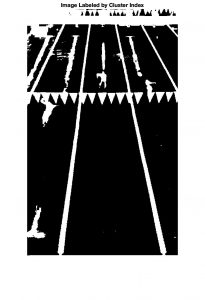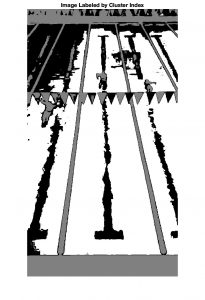The beginning part of this week revolved around the Design Presentation, which was the presentation I was assigned to give for this semester. I spent a couple hours creating/polishing the slides our team made last week, and another hour or so practicing. I feel that the presentation went fairly well and that we got good feedback which revealed weaknesses in our design.
From a technical perspective, I worked with Adithya on furthering progress on our web app. The first task we wanted to complete was to receive data from a remote Python script via POST requests. We ran into a lot of unexpected complications with this, and discovered that we were missing the database infrastructure needed to store what we had received. After troubleshooting this for quite some time, we cut our losses and decided to launch an entirely new EC2 instance, meaning we had to redo most of the work from last week.
Because of this setback, things have gotten pushed back just a little. However, there was a slack week we built in for spring break, so everything is still able to be on schedule.
Given that we have our design report due, I’m attending the reading discussion on Monday, and the ethics assignment is also due, I know that there will be limited time to work on this project. With the few hours that I do have left, I want to get OpenPose up and running on my laptop.


